The 1883 Morgan Silver Dollar value varies significantly based on condition and mint mark. Circulated 1883-CC coins are worth $115-$270, while uncirculated specimens range from $350 to over $60,000 for top grades. Coins in original GSA holders command premium prices, often selling for hundreds to thousands of dollars. Professional grading by PCGS or NGC is crucial in determining value, with higher grades like MS63 or MS65 fetching substantially more. The “CC” (Carson City) mint mark typically carries the highest premium among 1883 Morgan dollars due to lower mintage quantities and collector demand.
The 1883 Morgan silver dollar represents a fascinating chapter in American numismatic history, with values ranging dramatically based on mint mark and condition. While a circulated Carson City specimen might fetch $115, pristine examples have commanded over $60,000 at auction. Understanding the specific characteristics of each mint mark—along with potential errors—can mean the difference between pocket change and a significant investment opportunity.
Understanding the 1883 Morgan Dollar Mintage Story
The 1883 Morgan dollar saw production at four different United States Mint facilities, each leaving its distinctive mark on numismatic history. The Philadelphia Mint produced 12,290,000 coins without a mint mark, making these the most common variety. New Orleans struck 8,725,000 pieces bearing the “O” mint mark, while San Francisco contributed 6,250,000 coins marked with an “S.”
The Carson City Mint, however, tells the most intriguing story. With just 1,204,000 pieces minted, the 1883-CC represents one of the lower mintages from this legendary facility. Many of these coins remained in Treasury vaults for decades, eventually released through the General Services Administration sales program between 1972 and 1980. This GSA hoard fundamentally changed the collector landscape for Carson City Morgans, making specimens available that might otherwise have disappeared into melting pots during the Pittman Act of 1918.
The significance of mint marks extends beyond simple geography. Each facility operated under different conditions, producing coins with subtle variations in strike quality and preservation rates. Carson City coins, stored in government vaults, often survived in remarkable condition compared to their counterparts that entered immediate circulation.
1883-CC Morgan Dollar: The Premium Variety
Carson City Morgans command premium prices across all grade levels, and the 1883-CC follows this pattern consistently. In circulated condition, expect to pay between $115 and $270 depending on wear level. A coin grading Good-4 starts around $115, while an About Uncirculated specimen approaches $270.
The uncirculated market presents dramatic value increases. Lower uncirculated grades, such as MS-60 or MS-61, typically begin around $350. As quality improves, prices escalate rapidly:
| Grade | Typical Value |
|---|---|
| MS-63 | $450-$600 |
| MS-64 | $800-$1,200 |
| MS-65 | $2,500-$3,500 |
| MS-66 | $8,000-$15,000 |
| MS-67 | $60,000+ |
The GSA holder factor adds another dimension to 1883-CC values. Coins preserved in their original black GSA presentation boxes with certificates of authenticity carry premiums of 10-30% over raw or standard holder specimens. An MS-65 specimen in a GSA holder recently sold for $995 through major dealers, while Heritage Auctions documented an MS-67 example reaching $60,000 in a 2023 sale.
Professional grading becomes essential at these value levels. PCGS and NGC certification provides authentication and standardized condition assessment, with their holder designation significantly impacting marketability. The difference between MS-64 and MS-65 can represent thousands of dollars, making professional grading economically justified for any uncirculated Carson City Morgan.
1883-O Morgan Dollar Value Assessment
New Orleans production yielded the second-highest mintage for 1883, creating relative affordability compared to Carson City specimens. Circulated examples remain accessible, with Good-4 coins available for $30-$35 and About Uncirculated pieces reaching $60-$75.
Uncirculated 1883-O dollars present excellent value for collectors building type sets. MS-60 to MS-62 specimens trade for $80-$120, while MS-63 grades typically command $140-$200. The MS-64 level represents a sweet spot in the market, offering attractive eye appeal at $250-$400.
Higher grades become scarce. MS-65 examples range from $800 to $1,500, with MS-66 specimens reaching $3,500-$6,000. Gem MS-67 coins rarely appear at auction, but when they do, prices have exceeded $20,000.
Strike quality varies significantly among 1883-O Morgans. Many New Orleans coins exhibit weakness in the eagle’s breast feathers and Liberty’s hair details above the ear. Collectors seeking premium pieces should examine strike sharpness alongside surface preservation, as fully struck examples with strong feather definition command premiums within each grade level.
1883-S and No Mint Mark Varieties
The San Francisco 1883-S Morgan sits in the middle ground for both mintage and value. Circulated pieces start around $30 in Good condition, climbing to $65-$80 for About Uncirculated. Uncirculated specimens begin at $90 for MS-60, with MS-63 grades typically selling for $180-$250.
San Francisco produced generally well-struck coins with fewer die defects than New Orleans. This quality consistency makes MS-64 and MS-65 examples more available, though still valuable at $400-$700 and $1,200-$2,000 respectively. MS-66 specimens reach $4,500-$8,000, with MS-67 examples occasionally appearing at major auctions with price tags approaching $25,000.
Philadelphia’s 1883 no-mint-mark variety represents the highest mintage and consequently the most affordable option. Circulated pieces trade for $28-$30 in Good condition and $55-$70 in About Uncirculated. The uncirculated market offers excellent opportunities, with MS-63 coins available for $85-$120 and MS-64 examples at $140-$250.
Despite the large mintage, gem-quality Philadelphia strikes command respect. MS-65 specimens sell for $600-$1,000, while MS-66 examples reach $2,500-$4,500. The MS-67 level remains elusive, with perhaps two dozen known specimens trading at $15,000-$30,000 when they appear.
Recognized Errors and Varieties Worth Seeking
The 1883 Morgan dollar series includes several recognized die varieties and errors that enhance collector interest and value. The most significant include doubled die obverse varieties, where design elements show clear doubling visible under magnification. These appear across multiple mints, with the most dramatic examples adding 20-50% premiums to standard values.
Repunched mint marks occur primarily on 1883-O and 1883-S specimens. These result from mint workers punching the mint mark letter multiple times or in slightly different positions. Clear examples with visible secondary impressions command $50-$150 premiums depending on prominence and overall coin condition.
Die clashes create another collectible category. These occur when obverse and reverse dies strike each other without an intervening planchet, leaving design element impressions in the wrong areas. Look for faint eagle wing outlines in Liberty’s fields or ribbon details appearing on the reverse. Dramatic clash marks can add $30-$100 to coin values.
Strike-through errors, where foreign material between die and planchet creates blank areas, occasionally appear on 1883 Morgans. Dramatic examples with significant blank areas can command $200-$500 premiums. Off-center strikes are exceptionally rare on Morgan dollars due to collar mechanisms, but authenticated examples have sold for $1,000-$3,000.
Proof specimens from Philadelphia number just 1,039 pieces. These presentation strikes feature mirror-like fields and frosted devices. Proof-63 examples trade for $2,000-$3,000, while Proof-65 specimens reach $5,000-$8,000. Cameo-designated proofs with strong contrast between fields and devices command additional premiums of 30-50%.
Maximizing Your 1883 Morgan Dollar Investment
Building a complete 1883 Morgan set across all four mints provides an achievable goal with varying budget levels. A circulated set in Fine to Very Fine condition requires $200-$400, with the Carson City piece representing the largest single expense. Uncirculated sets in MS-63 grades demand $1,500-$2,500, while MS-65 collections exceed $8,000 primarily due to Carson City pricing.
Authentication remains critical, particularly for Carson City specimens and claimed error varieties. Submit valuable coins to PCGS or NGC before making significant purchases. Their population reports also provide valuable market intelligence, showing exactly how many specimens exist at each grade level. This data reveals that MS-66 and higher 1883-CC Morgans number fewer than 500 certified examples across both services combined, explaining their dramatic premiums.
Storage decisions impact long-term value preservation. Use inert holders that prevent environmental damage while allowing inspection without handling. Avoid PVC-containing flips that can leave green residue. For GSA-holdered coins, maintaining the original packaging preserves the historical premium these specialized presentations command.
Market timing presents opportunities for strategic acquisitions. Morgan dollar prices fluctuate with silver spot prices, though numismatic premiums remain relatively stable. Major auction appearances of exceptional specimens often create temporary market softness as collectors redirect funds toward specific opportunities. Estate sales and smaller regional auctions sometimes offer better values than major auction houses, though authentication becomes more critical.
The 1883 Morgan dollar series offers entry points for beginning collectors and challenges for advanced specialists simultaneously. Whether pursuing a basic four-piece mint set or seeking the finest known specimens with premium varieties, understanding the specific characteristics and market dynamics of each mint mark transforms casual collecting into informed investment strategy.
You may be interested:
- 1859 Indian Head Penny Coin Value Complete Errors List And No Mint Mark Worth Guide For Collectors
- 1911 V Nickel Coin Value Guide Complete Errors List And No Mint Mark Worth Today
- 1902 Dime Coin Value Complete Errors List With O S And No Mint Mark Worth Guide
- 1788 Quarter Coin Value Complete Guide Errors List And D S P Mint Mark Worth Revealed
- 1776 To 1976 Bicentennial Half Dollar Coin Value Complete Errors List And What Your D S And No Mint Mark Coins Are Actually Worth
- 1990 Penny Coin Value Errors List How D S And No Mint Mark Pennies Are Worth Thousands Of Dollars

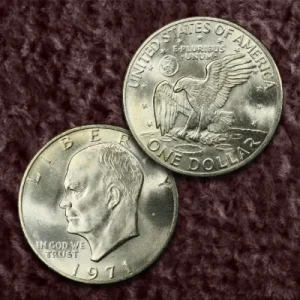
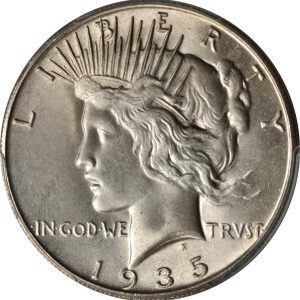
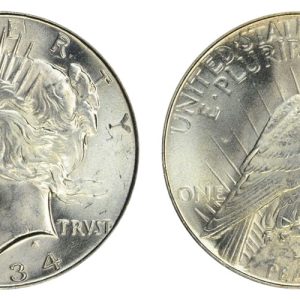
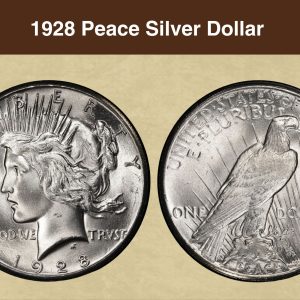
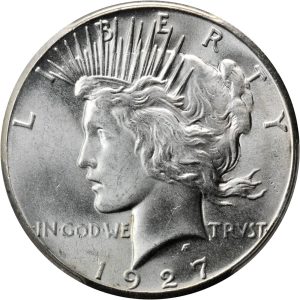
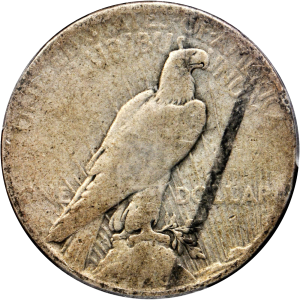
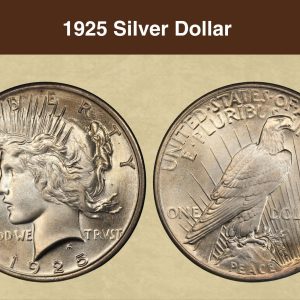
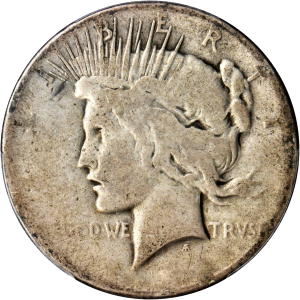
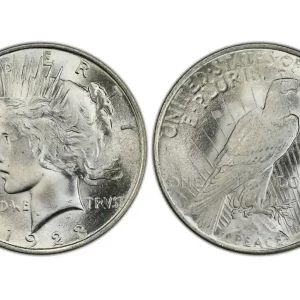
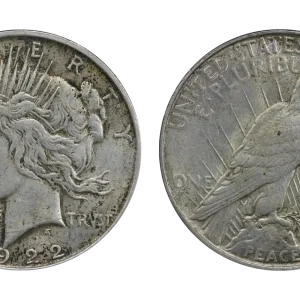
How much is a 1883 CC Morgan dollar worth?
Circulated condition: A circulated 1883-CC Morgan silver dollar is worth approximately $115 to $270. Uncirculated condition: The value for uncirculated coins starts around $350 for a lower uncirculated grade and can exceed $60,000 for top-grade specimens. GSA holders: Many 1883-CC dollars were released from government storage in a special holder. Coins that remain in their original GSA holder are often more valuable, with some examples selling for hundreds or even thousands of dollars dependi…
What is the rarest CC Morgan dollar?
Comments: With a very low survival rate, 1889 is the key date and undisputed King of “CC” Morgans. As a matter of fact, it’s considered among the rarest of all Morgan Dollars produced by any mint. It’s extremely rare in Mint State and specimens with exceptional eye appeal are known to demand strong premiums.
How many 1883 CC Morgan Dollars were made?
Additionally, the mintage for this 1883-CC Morgan was only 1.204 million, the smallest of any Morgan Silver Dollar struck in 1883.
Is a 1883 O Morgan Silver Dollar rare?
No, the 1883-O Morgan silver dollar is not considered rare in circulated or lower uncirculated grades, as millions were minted and many have survived. However, high-grade examples ( MS64 and above) are considered rare and highly sought-after by collectors due to their limited availability in excellent condition.